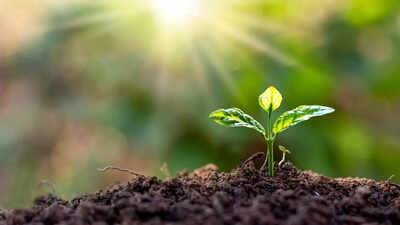Adding the right plants to your garden can do more than just add beauty; they can naturally enrich your soil as they grow. Certain plants improve soil health by replenishing essential nutrients, breaking up compacted earth, controlling erosion, and supporting beneficial microbes. Including these plants in your garden or crop rotation helps reduce the need for chemical fertilizers and promotes stronger, healthier soil for future crops. This guide features 12 plants equipped with natural abilities to enhance garden soil, making them excellent choices for sustainable gardening and long-term soil fertility.
12 plants that naturally improve your garden soil as they grow
Beans and peas
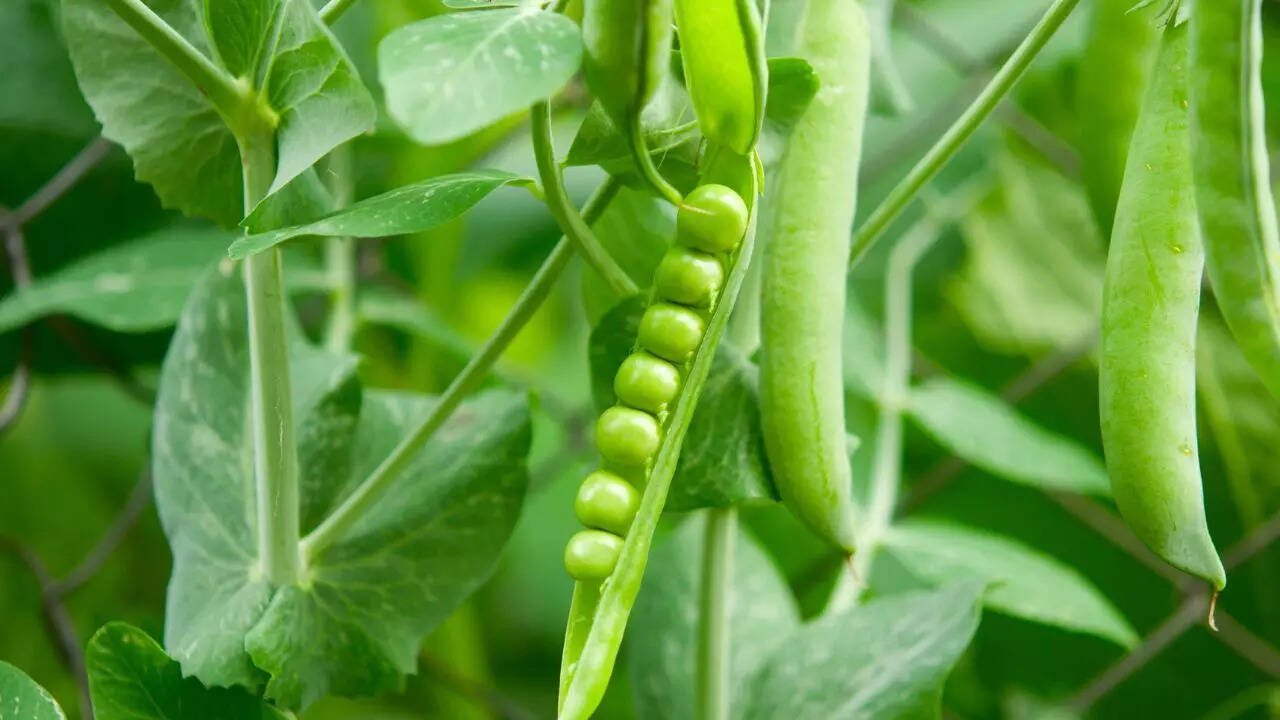
Unlike many vegetables that consume soil nutrients, beans, peas, and other legumes give back by fixing nitrogen through their root nodules. Nitrogen is essential for plant growth, and legumes convert atmospheric nitrogen into a form plants can use. Including beans and peas in your crop rotation, especially after nutrient-heavy plants like tomatoes or potatoes, helps improve soil fertility and reduces fertilizer use.
Lupines
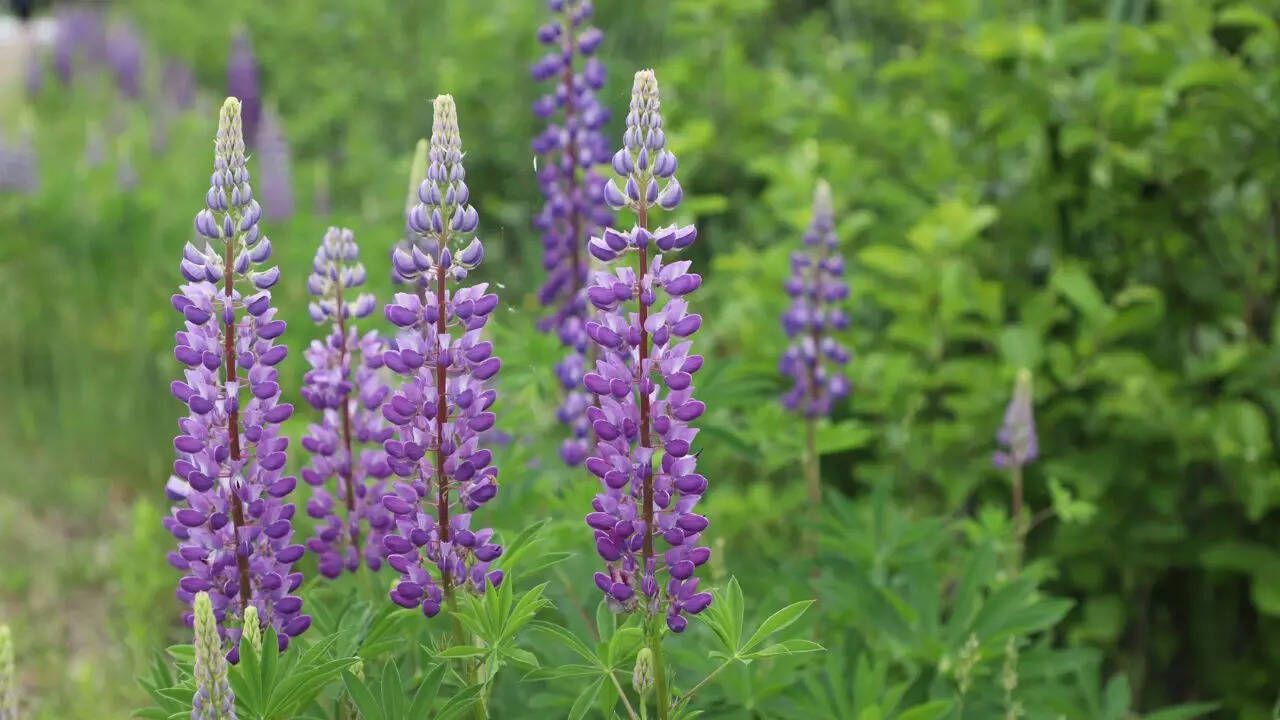
Lupines are another nitrogen-fixing legume that enriches soil. They are perennials in many regions and offer ornamental beauty with their colorful flowers. Native wild lupines, such as Lupinus perennis, are especially beneficial for local pollinators. Lupines not only add nitrogen to the soil but also help improve its texture and health.
Clover
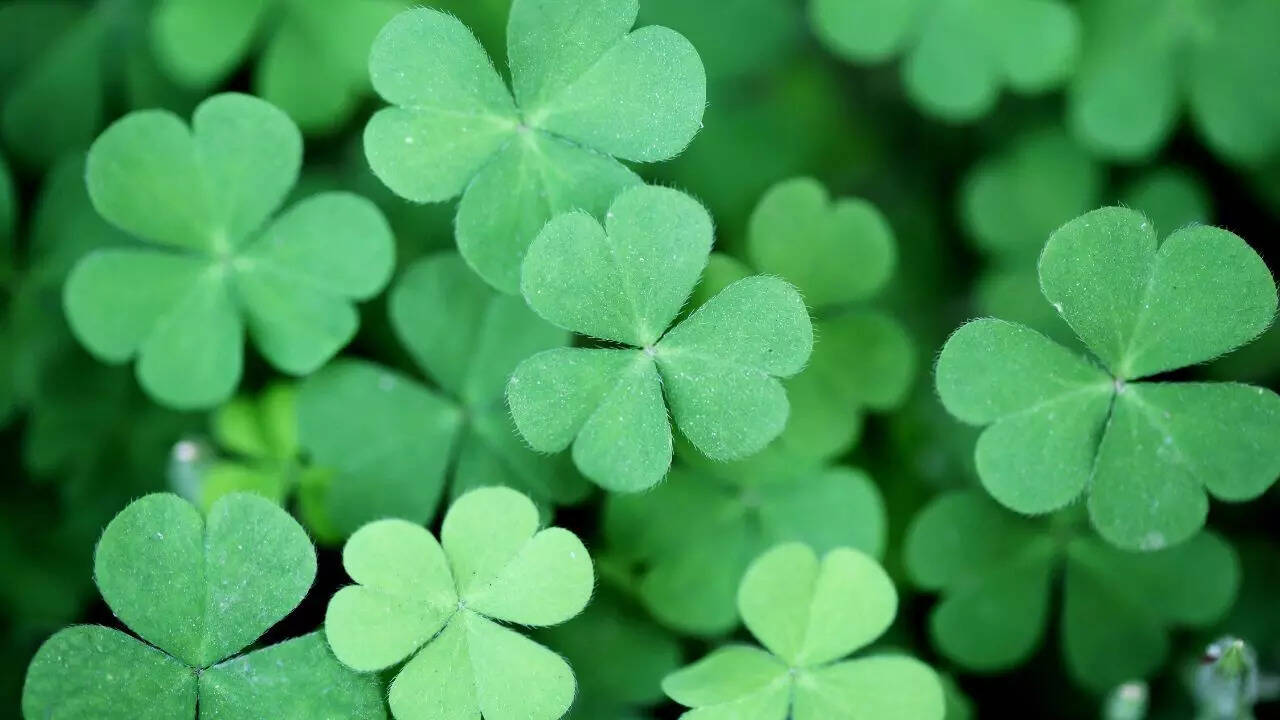
Often seen as a weed by gardeners, clover is actually a great soil enhancer. Like other legumes, clover fixes nitrogen, boosting soil fertility naturally. You can use perennial clovers as groundcovers in flowerbeds or sow annual crimson clover as a cover crop at the end of the growing season to protect and enrich soil.
Daikon radishes
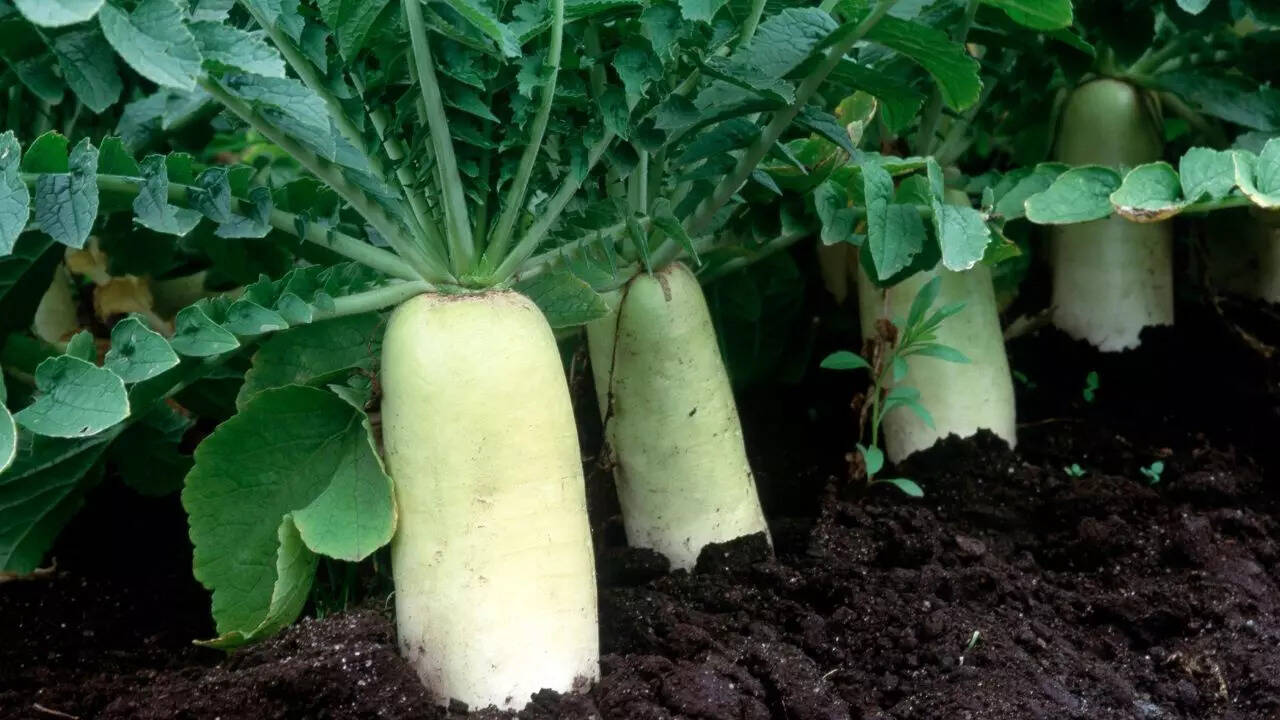
Growing the same plants repeatedly can compact soil and limit root growth. Daikon radishes have long taproots that penetrate dense soil layers, creating air pockets that improve aeration. They also pull nutrients from deep soil layers closer to the surface, making them available to shallower-rooted plants. This helps loosen heavy soil and promotes healthier root systems.
Comfrey
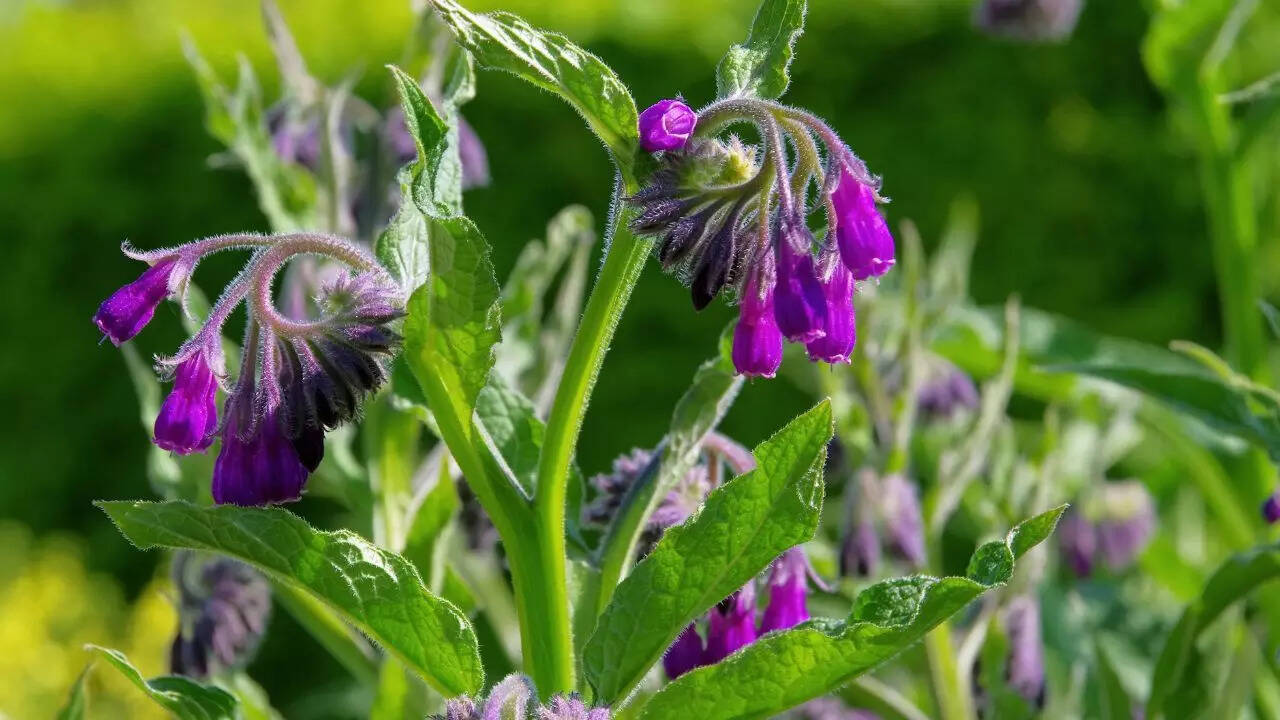
Comfrey is a deep-rooted plant that breaks up compacted soils like clay with its sturdy roots. It attracts pollinators and produces nutrient-rich leaves that gardeners often use as natural fertilizer or compost additives. Comfrey’s ability to aerate soil and recycle nutrients makes it a valuable addition to garden beds with tough soil.
Borage
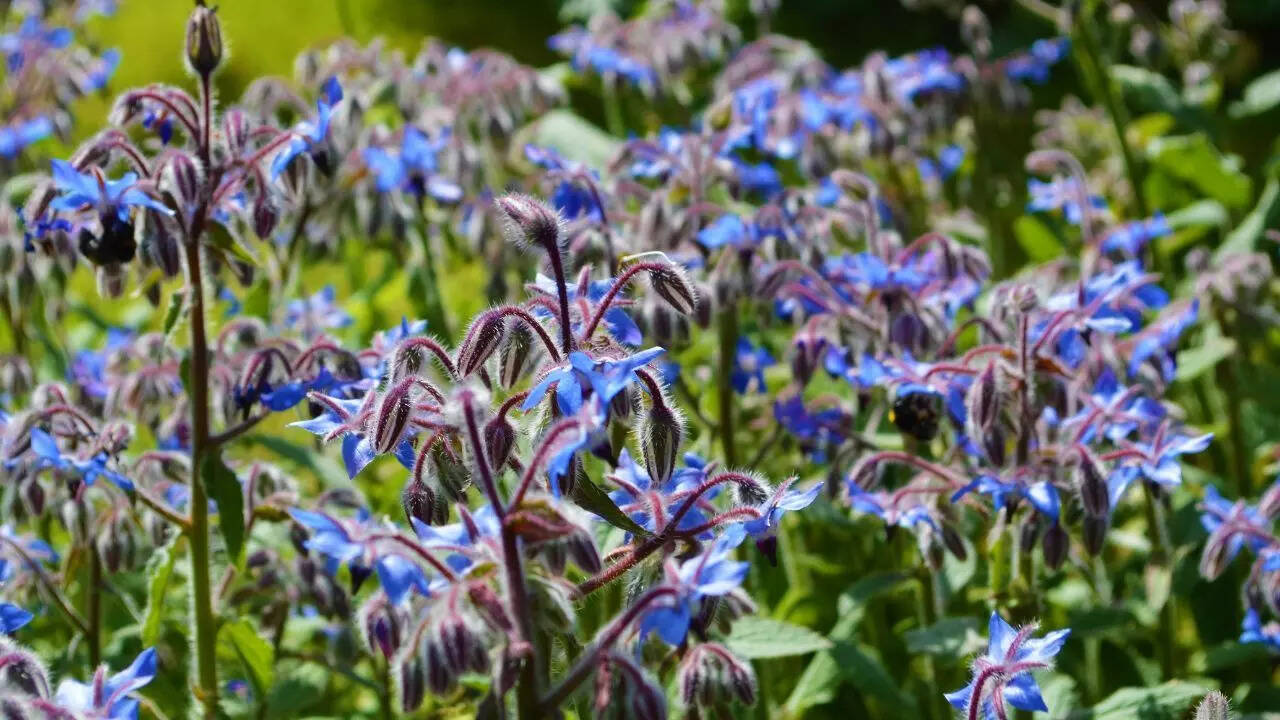
Borage is well-known as a companion plant for repelling pests and for its edible leaves and flowers. It also improves soil by breaking up hard soils with its spreading roots. Additionally, borage replenishes trace minerals in the soil, supporting the growth of neighboring plants and enriching overall garden health.
Hairy vetch
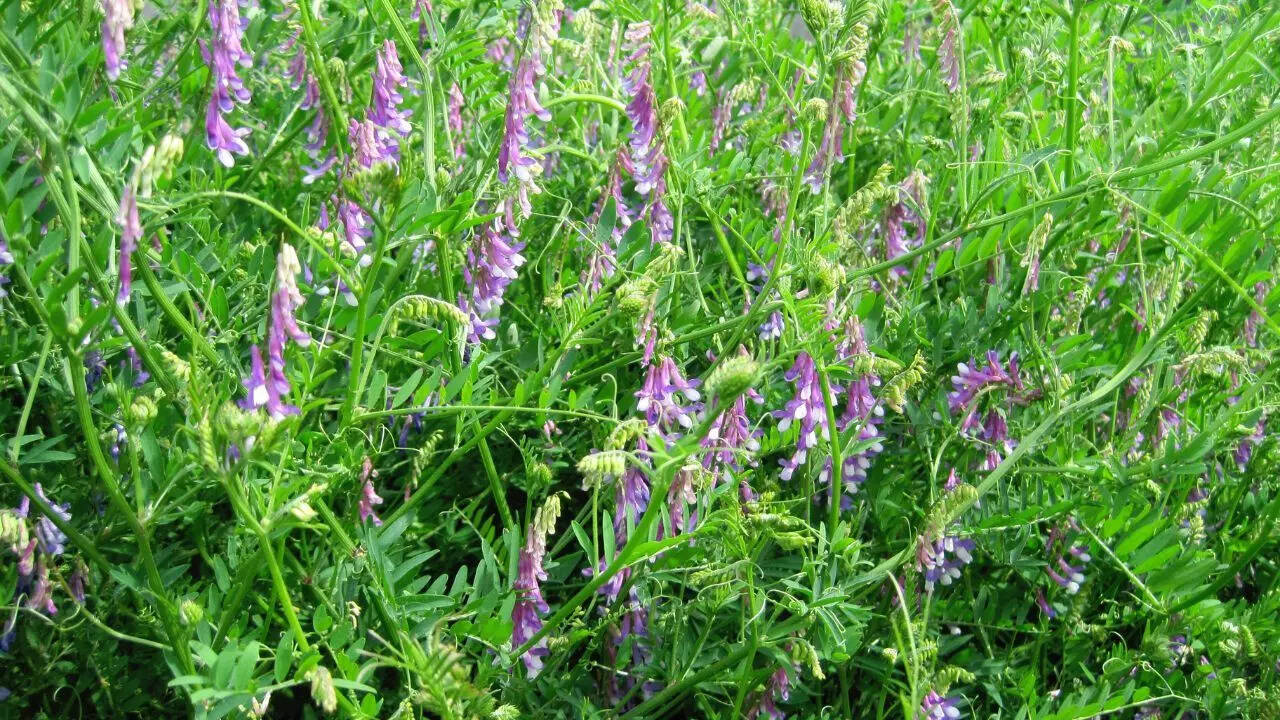
Commonly used as a cover crop, hairy vetch fixes nitrogen in the soil and helps protect bare garden beds. It has pretty purple flowers and dense roots that aerate soil and prevent erosion. Growing hairy vetch in empty garden areas can prepare the soil for the next planting season by improving fertility and structure.
Little bluestem
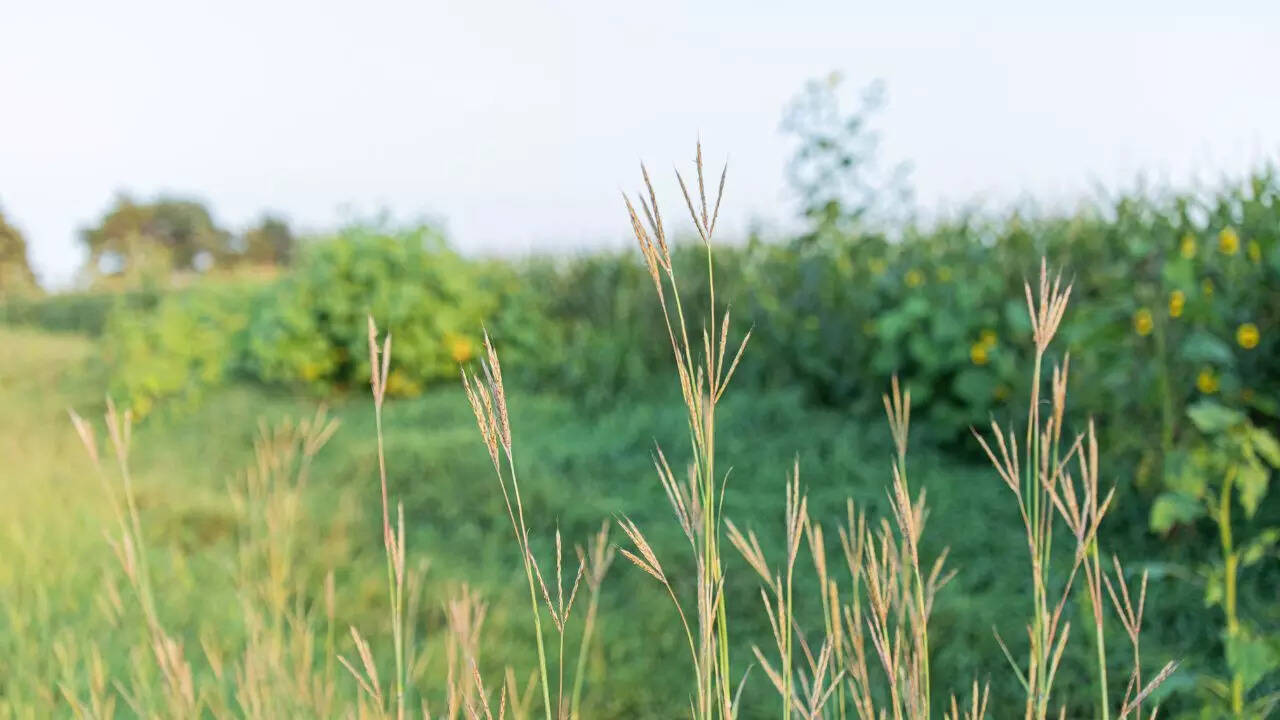
Native ornamental grasses like little bluestem are excellent for controlling erosion. Their dense, fibrous roots hold soil in place, while the lush foliage shields the soil from harsh weather effects like heavy rain and wind. Little bluestem is low-maintenance and adds beautiful bluish-green hues to gardens. Other native grasses such as switchgrass and purple lovegrass also offer similar erosion control benefits.
Marigolds
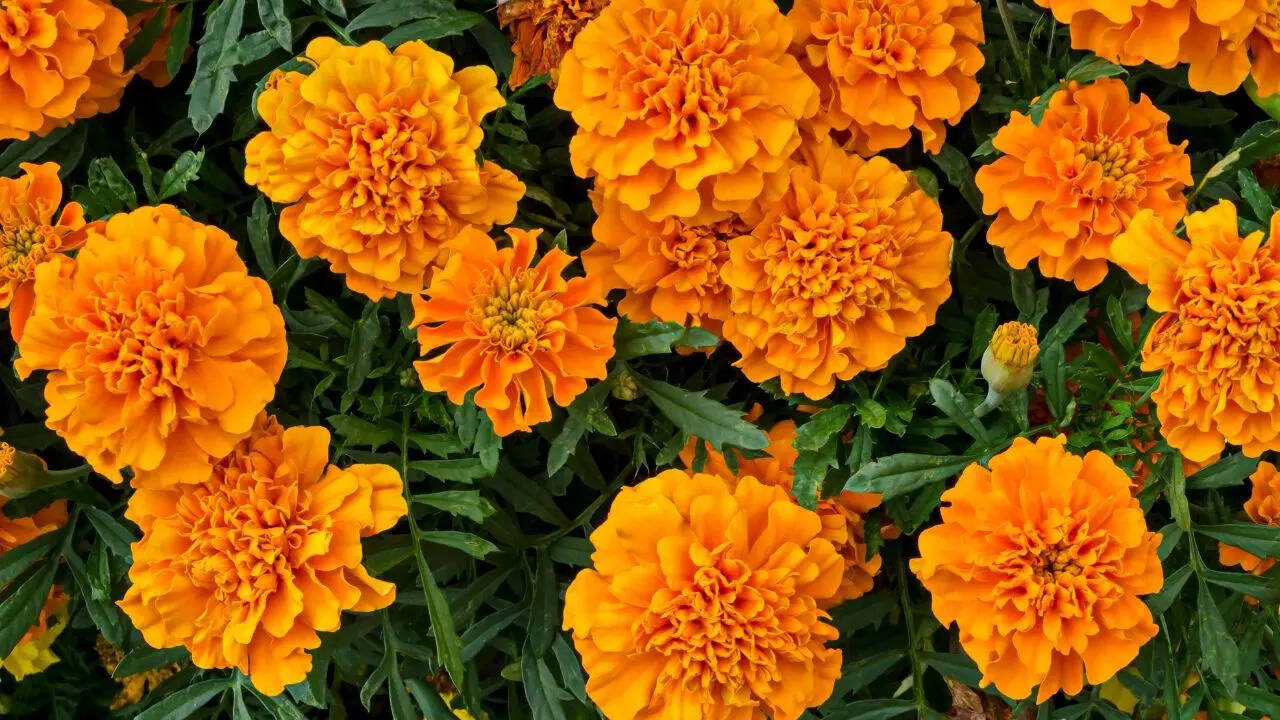
Marigolds are popular companion plants known for their pest-repelling properties, but they also reduce harmful root-knot nematodes in the soil. Root-knot nematodes damage plant roots, leading to poor growth. Planting French marigolds near vulnerable crops helps lower nematode populations and prevents persistent pest problems.
Milk thistle
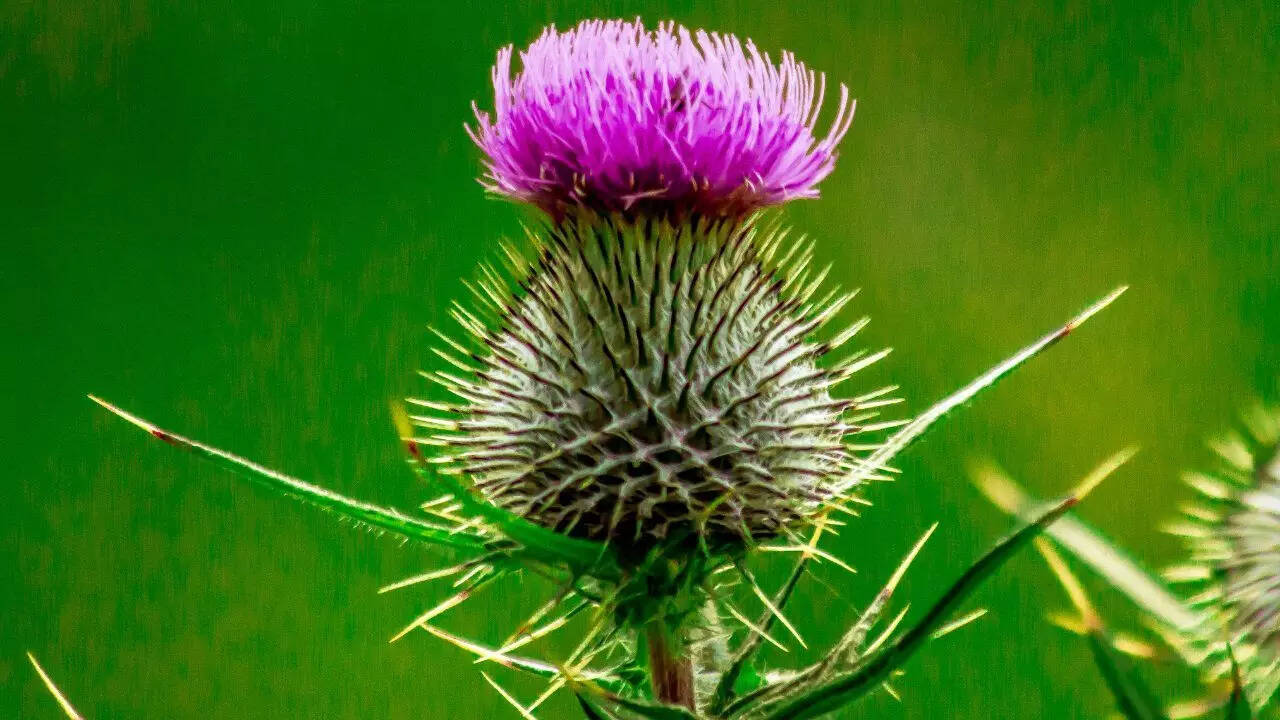
Often mistaken for a weed, milk thistle has attractive foliage and flowers and benefits soil health. Its long roots penetrate deep soil layers, improving aeration and drawing nutrients upward. The plant attracts pollinators with its pinkish-purple flowers, adding both beauty and function to your garden.
Mustard
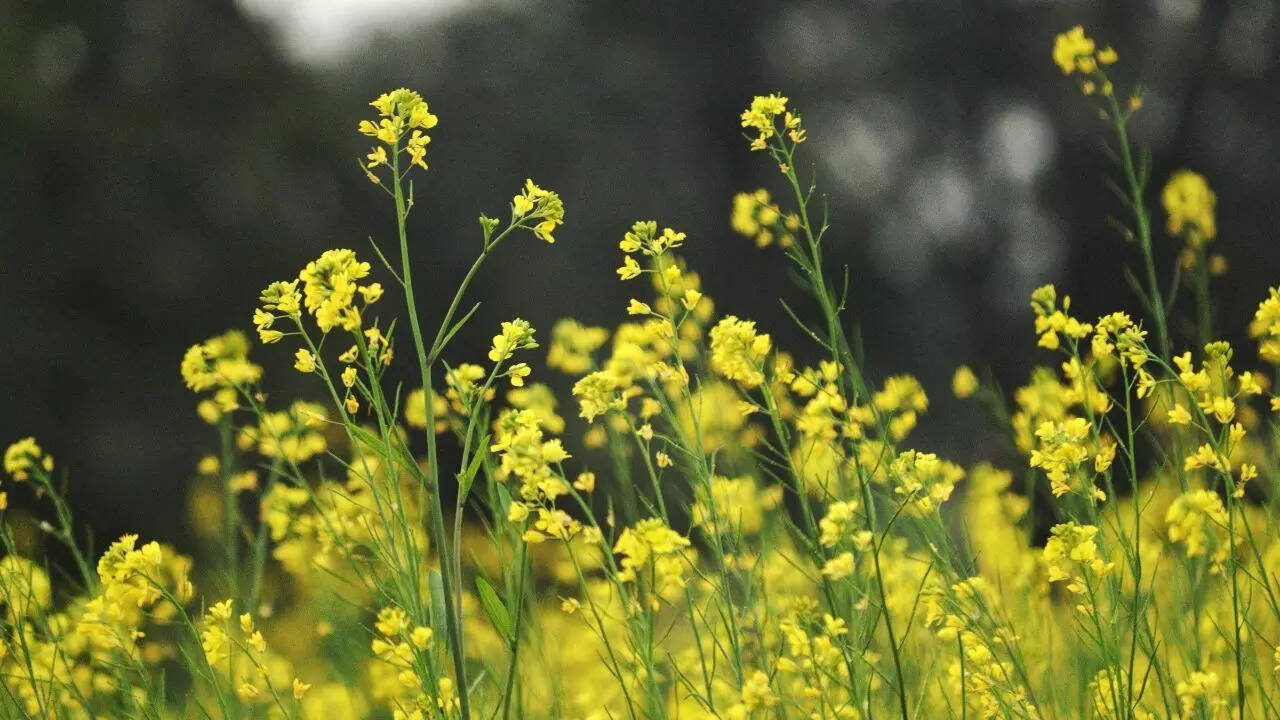
Mustard plants are fast-growing and can be used as cover crops or “green manure.” They replenish soil nutrients and act as biofumigants, naturally reducing soil-borne diseases like blight and nematodes. Incorporating mustard into crop rotation cycles helps maintain soil health and protects future plantings.
Other cover crops
Beyond clover, hairy vetch, and mustard, many other plants serve as effective cover crops. Forage radish, buckwheat, and alfalfa improve soil structure and nutrient content while protecting bare soil from erosion. To avoid unwanted spreading, choose annual varieties suited to your region, which die back in winter and leave the soil ready for the next season.Using these plants in your garden is a natural and sustainable way to boost soil fertility, improve soil structure, and protect against pests and erosion. Whether used as cover crops, companion plants, or part of a crop rotation, they reduce the need for chemical fertilizers and enhance overall garden health. Incorporating nitrogen-fixing legumes, deep-rooted plants, and erosion-controlling grasses helps create a thriving garden ecosystem with richer, more productive soil.Also Read: 5 effective ways to prevent centipedes from entering your house

